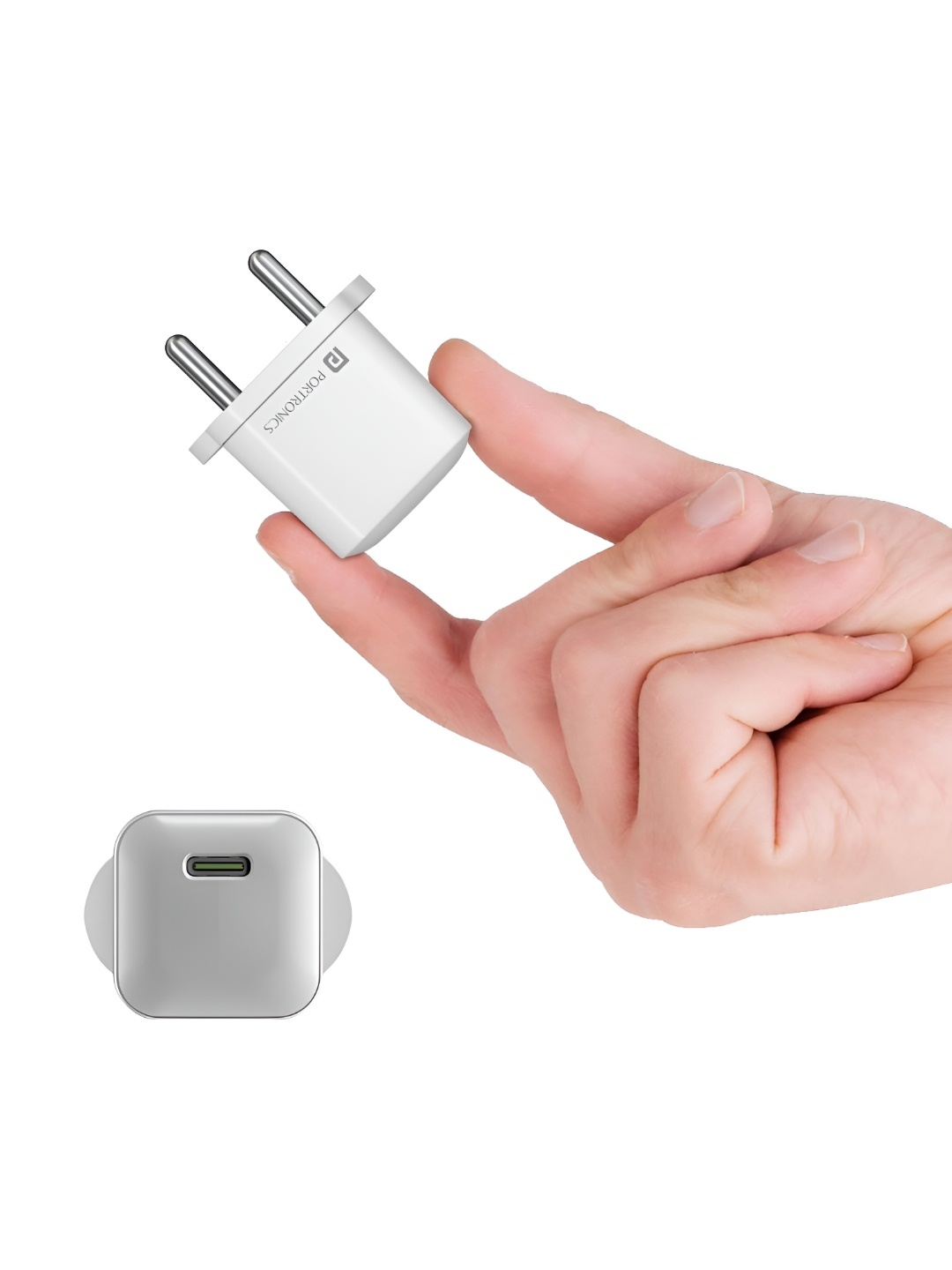Foam Vs Fibre: How To Choose The Right Pillow For Better Sleep
Struggling to choose between a foam and a fibre pillow? This detailed guide breaks down the pros, cons, and best use cases to help you find the perfect fit for a restful night's sleep.

Foam Vs Fibre: How To Choose The Right Pillow For Better Sleep
A good night's sleep can fix almost everything, from dark circles to a grumpy mood. But if you're waking up with a sore neck or restless nights, your pillow might be to blame. With a booming market of sleep accessories and multiple brands claiming benefits related to foam and fibre pillows, one of the most common questions remains: Should you go for a foam pillow or stick to the classic fibre one? Let's dive into the world of pillows to find out which one suits your sleep style best.
What Are Foam Pillows?
Foam pillows, especially the memory foam ones, are made from polyurethane and are designed to contour to the shape of your head and neck. They offer a personalised kind of comfort, responding to pressure and body heat.
Pros
- Supportive: Ideal for those with neck or shoulder pain as they provide consistent support.
- Shape-Retaining: They don't flatten easily and retain their form over time.
- Motion-Absorbing: Great if you toss and turn, or if your partner does.
Cons
- Heat Retention: Foam pillows tend to trap body heat, which can be uncomfortable in warmer climates.
- Off-Gassing Smell: New foam pillows may have a chemical smell that takes time to dissipate.
- Heavier: Compared to fibre pillows, foam can feel dense and less fluffy.
Also Read: Best Mattress Protectors: Top 10 Picks For Ultimate Bed Protection
What Are Fibre Pillows?

Foam Vs Fibre: How To Choose The Right Pillow For Better Sleep; Photo Credit: Pexels
Fibre pillows are typically filled with synthetic polyester fibres, making them a budget-friendly and hypoallergenic option. They mimic the softness of down without using animal products.
Pros
- Soft and Fluffy: These are your go-to if you love that hotel-like plushness.
- Breathable: Fibre allows better airflow than foam, ideal for hot sleepers.
- Affordable and Accessible: Easy to find and replace.
Cons
- Flattens Over Time: Regular fluffing is required as they tend to lose shape.
- Less Supportive: Not ideal for those with chronic neck or back issues.
- Shorter Lifespan: You may need to replace them more frequently than foam.
Match Your Sleep Style To Your Pillow
Not all pillows are created equal, and neither are all sleepers.
- Back Sleepers: Memory foam can help maintain spinal alignment by cradling your head and supporting the natural curve of your neck.
- Side Sleepers: A firm foam pillow or a thicker fibre pillow helps fill the gap between your shoulder and head.
- Stomach Sleepers: Fibre pillows win here for being softer and flatter, helping to prevent unnatural neck tilts.
Allergies And Maintenance

Foam Vs Fibre: How To Choose The Right Pillow For Better Sleep; Photo Credit: Pexels
Foam pillows are typically hypoallergenic and resistant to dust mites. However, they can't be tossed into the washing machine. Fibre pillows, on the other hand, are more washable and easier to maintain, although they may harbour allergens if not cleaned regularly.
Budget Check
Foam pillows, especially branded memory foam versions, are often more expensive than fibre options. Fibre pillows are budget-friendly and perfect for guest rooms or quick replacements, but foam pillows are a long-term investment in sleep quality.
Products Related To This Article
1. SleepyCat Orthopedic Memory Foam Pillow
2. LA VERNE Set Of 2 Grey Quilted Pillows
3. LA VERNE White Cooling Gel Infused Pincore Breathable Contour Memory Foam Pillow
4. MYTRIDENT Set Of 2 Striped Comfort Living Pillow
5. LA VERNE Set Of 2 White Solid Quilted Rectangular Sleeping Pillows
6. LA VERNE Coffee Brown 2 Pieces Printed Microfibre Sleeping Pillows
7. LA VERNE White 2-Pieces Cooling Gel Infused Pincore Breathable Memory Foam Pillows
8. Recron Certified White 2 Pieces Fibre Filled Ultra Soft Sleep Pillow
9. Duroflex Snuggle White Rectangular Shaped Micro Polyester Pillow
10. Raymond Home White Satin Stripe Pillow
Frequently Asked Questions (FAQs)
1. Which pillow is better for neck pain, foam or fibre?
Foam pillows, especially memory foam, offer better support and contouring, making them ideal for people with neck or shoulder pain.
2. Do fibre pillows cause allergies?
Fibre pillows can harbour dust mites if not cleaned regularly, but hypoallergenic versions are available. They're also machine washable, which helps reduce allergens.
3. How long do foam and fibre pillows last?
Foam pillows typically last 2-3 years with proper care, while fibre pillows may need replacement every 12-18 months due to flattening.
4. Can foam pillows be washed?
No, most foam pillows should not be machine-washed. Spot cleaning or using a protective cover is recommended.
5. What's the best pillow type for hot sleepers?
Fibre pillows tend to be more breathable and cooler compared to foam, which retains more heat.
If you're someone who prioritises neck support, longevity, and doesn't mind a slightly warmer sleep experience, foam is your best bet. But if you value breathability, softness, and an easy-to-wash pillow, fibre will serve you well.
Ultimately, it boils down to your comfort, sleeping position, and lifestyle. Think of it as choosing between sneakers and slippers; both have their place, but one might suit your needs better at any given moment.


























